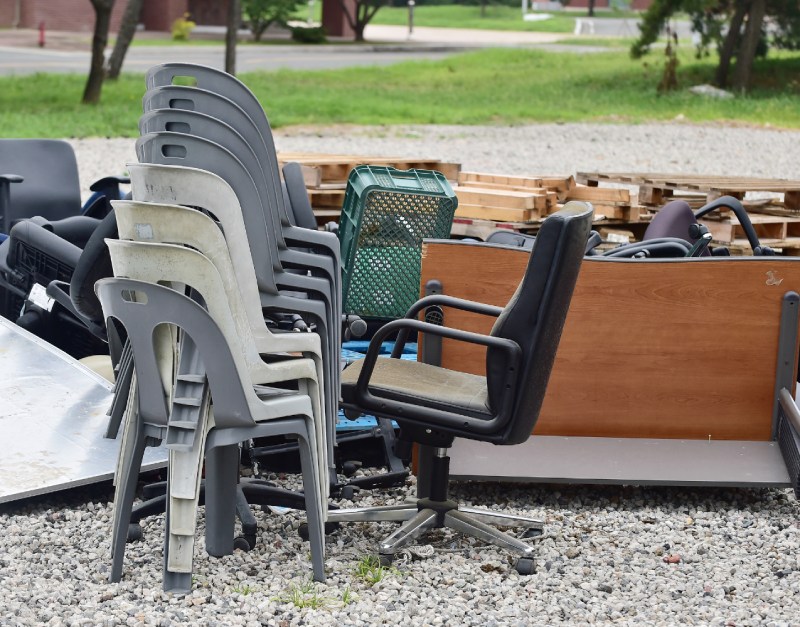Sustainability
Furniture disposal accounts for a staggering 30% of all waste in Australian landfills, highlighting the urgent need for change in the industry. As awareness of environmental issues grows, so does the significance of sustainable furniture. At the forefront of this change is the Australian Furnishing Industry Stewardship Council (AFISC), an initiative led by the Australian Furniture Association (AFA).
AFISC’s mission is to embed sustainable practices throughout the industry, driving progress toward a circular economy. AFISC is committed to exploring the impact, materials, processes, and innovations driving the sustainable furniture sector in Australia.
The Environmental Impact of Traditional Furniture Manufacturing
Traditional furniture manufacturing often involves the extraction of non-renewable resources and energy-intensive processes. This approach not only depletes natural resources but also contributes significantly to pollution and waste. In contrast, sustainable furniture production minimises these impacts through more sustainable materials and practices, helping to mitigate the negative consequences associated with conventional manufacturing.
AFISC’s initiatives focus on addressing these challenges by promoting sustainable material sourcing and energy-efficient manufacturing practices, providing pathways for the industry to reduce its environmental footprint.

Health and Well-Being Benefits
Sustainable furniture is beneficial not just for the planet, but also for the occupants of our living
spaces. Many traditional furniture pieces contain harmful chemicals and toxins that compromise
indoor air quality. Sustainable alternatives prioritise non-toxic materials, fostering healthier living
environments.
Materials and Processes in Sustainable Furniture Manufacturing
Reclaimed Wood
Bamboo
Recycled Materials
Sustainably Certified Wood
Natural Fiber Upholstery
Materials like organic cotton and hemp are biodegradable and contribute to a healthier indoor environment.
Chemical Safety and Management
Zero or Low Waste Manufacturing
Energy-Efficient Processes
Modular and Repairable Designs
Closed-Loop Systems
The Benefits of Sustainable Furniture
Longevity and Durability:
High-quality sustainable furniture typically outlasts conventional options, minimising the need for replacements, and lowering environmental impacts.
Cost-Effectiveness:
While initial costs may be higher, long-term savings from reduced maintenance and replacements make sustainable furniture a better financial choice.
Innovations in Sustainable Furniture
Circular Economy principles are gaining wider recognition and adoption, considering the entire lifecycle of a product. This includes:
• Material Sourcing Transparency: Manufacturers openly disclose the origins and composition of their materials.
• Recycled Content Use: Furniture is made from recycled materials or upcycled components.
• Modularity: Designs allow for easy repairs and disassembly extending the lifespan of the furniture and its materials.
• Take-Back Programs: Some manufacturers offer programs to refurbish or recycle old furniture.
• Addressing the Fast Furniture Trend: The rise of fast furniture reflects changing consumer behaviours, particularly among younger generations who frequently move and update their decor. This trend exacerbates waste, as many abandon old furniture. With around 30,000 tonnes of commercial furniture waste generated annually, sustainable practices are essential to combat this issue.

Leading the Way: Australian Manufacturers
sustainable practices and innovative approaches. Many are focusing on areas like:
